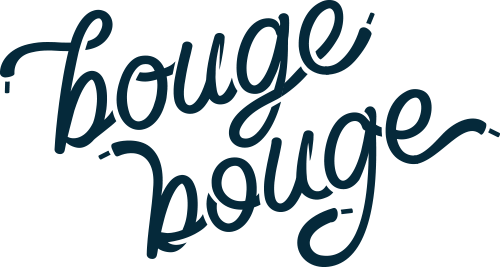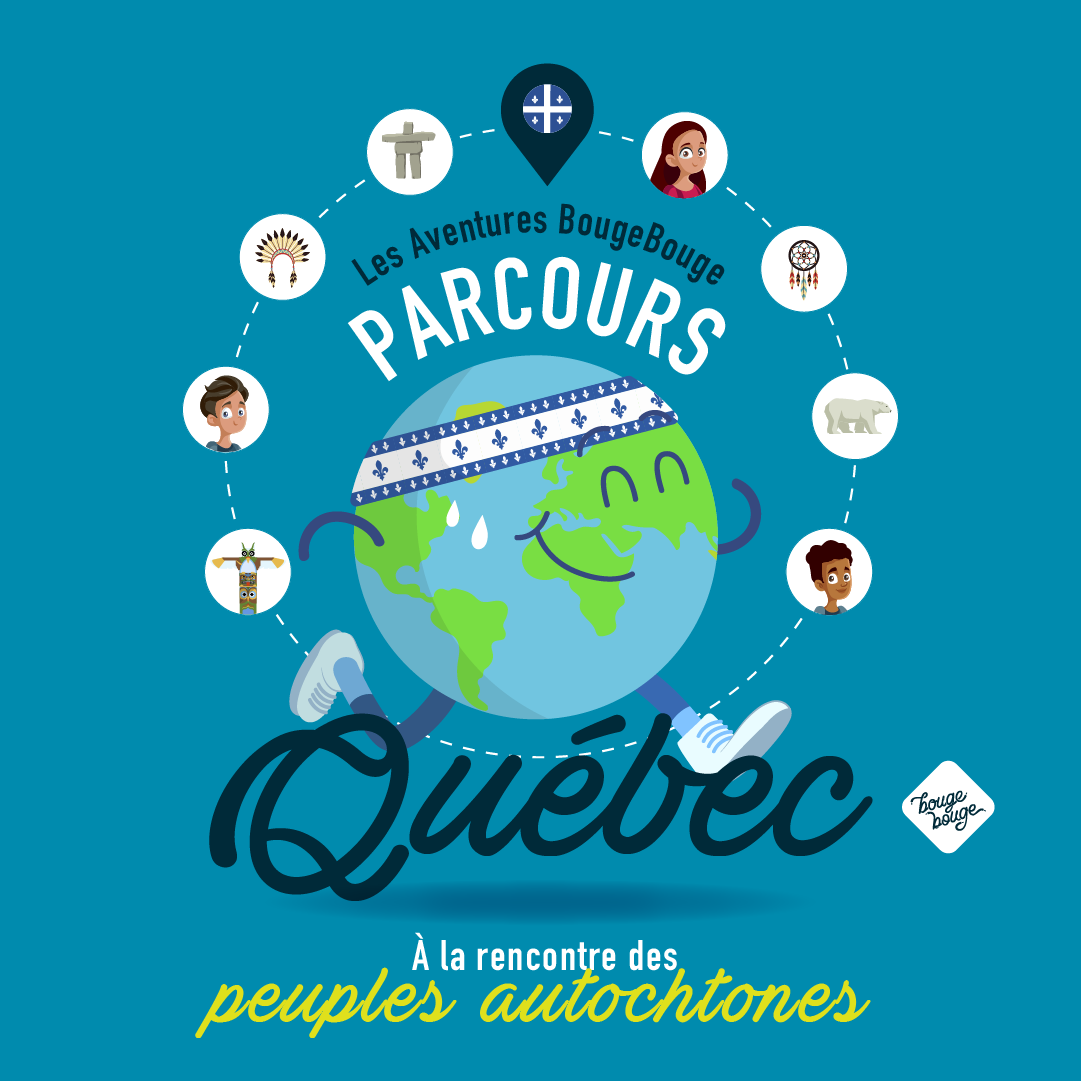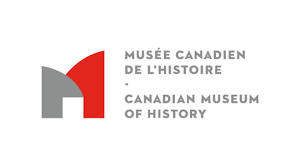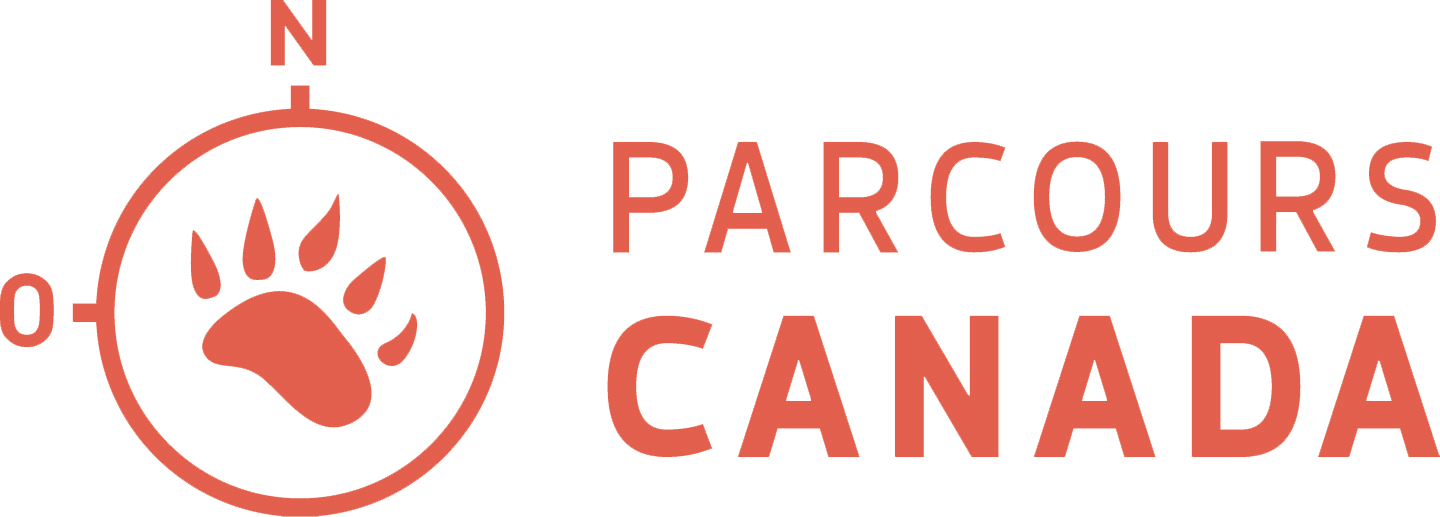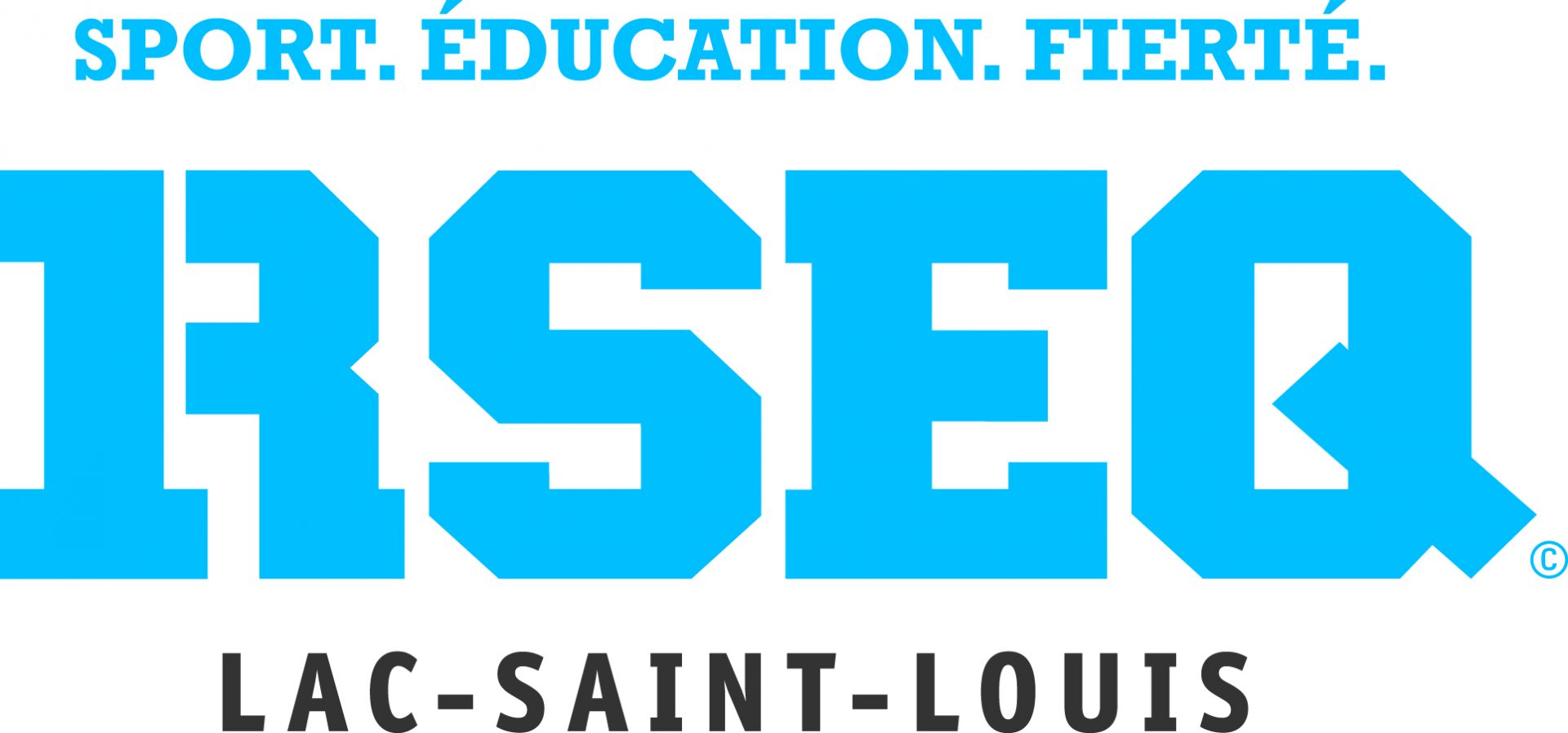1 September 2022
Adventure Quebec : Meeting the indigenous peoples of Quebec
Part of our Adventure series, Parcours Québec is offered to groups, such as schools, and takes participants on a virtual road trip around Quebec. Participants are physically active and together they accumulate kilometers that move their group along the route. As the adventure progresses, milestones are reached and educational audio-video content about Quebec’s Aboriginal communities, created by our Aboriginal partners, becomes available.
375,00 $
Presentation of the Adventure
The Adventure Quebec : Meeting the Indigenous people is an identity-building project that highlights the reality and culture of Quebec’s Aboriginal communities and serves as a mouthpiece for the messages they wish to convey to the entire non-Aboriginal population. This project allows for collaboration with Aboriginal communities and social actors to encourage citizen participation and leadership among Aboriginal youth.
The project consists of a digital and playful journey in which teams can discover the Aboriginal peoples of Quebec and learn more about their reality, their culture and the messages they wish to transmit. The goal of the project is for these Aboriginal communities to discover their home and the identity of a local community through their eyes and voices. The project not only encourages citizen participation, but also hopes to create links and intergenerational and intercultural dialogues between the Aboriginal and non-Aboriginal communities of Quebec. BougeBouge has created an educational and inclusive project with Aboriginal peoples so that both non-Aboriginal and Aboriginal communities can learn and educate themselves on the cultural practices and realities of each Aboriginal community in Quebec.
Once a day or once a week, take your group out for some fresh air. Walk around your school, workplace, park or other route determined by the project leader to accumulate kilometers. The more you travel with your team, the more kilometers you accumulate!
Target Audience :
Schools, businesses, cities and any other group wishing to get involved in an engaging group activity
Challenge Period :
All of April
Location :
At the school or company site.
Distance :
7000 km
Price :
$500 + tax
Objective :
Motivate young people to move by meeting the Aboriginal peoples of Quebec and learn more about their reality and culture.
- 10 BougeBouge beanies or caps, at the discretion of the organizers;
- 10 bandanas;
- Virtual conference of 45-60 min with an Aboriginal speaker on a current topic. Three (3) dates will be suggested to attend the conference;
- BougeBouge tools available online for the creation of a running club and training plan via MAVIA initiatives;
- A map of Quebec to print and assemble in different formats to track your progress in the Adventure
- Project; Certificate of achievement
- Access to the private Facebook group for discussion, sharing and experience (this will connect people from all groups)
- SCHOOLS: The School Ticket goes directly to the school principals to approve the sports and cultural project. Each motivated and committed teacher is asked to join the group with his or her students via a secret code that we will give to the leaders… Then, all you have to do is motivate your students to cover the miles.
- COMPANIES AND CITIES: The COMPANY-CITY ticket is intended for an employee responsible for social and health activities in the organization, the so-called project manager. It is strongly recommended that a maximum of one hundred (100) employees be assigned to one (1) ticket. If you expect to have more than 100 participants per company, we suggest purchasing multiple tickets based on the number of participants expected. In the situation where multiple tickets are purchased, we suggest having one (1) project manager per team.
- CHOICE MONTH: The CHOICE MONTH ticket is valid at all times and is intended for groups who wish to participate in this challenge during a period other than the month of April. The conferences offered will be in recorded mode, as they are given live in April.
- Printed maps of Quebec (provided by BougeBouge) to be printed and assembled (several printing formats are offered);
- Printed flags (provided by BougeBouge);
- A pin, a token, etc. allowing teachers to identify the organization’s progress across Quebec;
approximately 150 sticks;
The project manager is the resource person for the Adventure project. This person, chosen by the organization, will be responsible for ensuring the smooth running of the activity, providing advice and support to the leaders of each group (such as the class teachers), monitoring the progress of the organization and providing materials to the participating groups. The first mandates of the project manager must be completed before the event begins:
Safe course
Determine a safe route on the organization’s site, nearby building or park. We suggest that you determine the route in partnership with your facility’s management;
Calculate the value of a marking
A marking represents the distance of your course. For example, you set your course as a run around your facility. This run is 800 meters. Your mark has a value of 800 meters! Alternatively, you could value an activity such as basketball, soccer, team games, etc. and offer that every 15 minutes of moderate effort is worth 1km.
Realistic and achievable timeline
Whether it is every day or every week, plan a fixed and regular time allocated to the activity. For example, you could plan for one hundred (100) participants to walk 2 kilometers per day for 30 days, allowing you to cover the entire province of Quebec (the entire journey represents 6,000 kilometers)!
Sound signals
Provide an audible (or visual, at the discretion of the project manager) signal for the start and end of the activity.
Method of accounting for marks
Now that you know the value of a mark, how do you count them? We suggest that each leader have several sticks at the time of the activity. When a participant goes around the course and passes in front of the leader, put a stick in a bag, use a multiconductor tablet (Apps) or a manual counter (picture) for example. This way you can avoid contamination between people and have a concrete way to count the number of marks during the activity. For example, your course is 0.8 kilometers long and you have completed 57 laps of the course with your team of 30 participants. You get 57 marks, so 57 sticks should be in your bag. The distance covered by your group to enter in your excel file is 57 marks x 0.8 kilometers, or 45.6 kilometers in total.
Backup plan
Have a backup plan in case of bad weather. Have an indoor course (in a gym, for example) for rainy or stormy days. Be sure to adapt the indoor course to match your brand. If an indoor course is not an option, it may be worthwhile to consider rescheduling the activity to a later date in case of bad weather.
Collaboration of all members of the general staff and those responsible for sports activities. To motivate and involve all participants in achieving your goals, take advantage of this activity to organize a fundraising campaign for an important cause.
The leader is responsible for keeping track of the progress of the milestones achieved on the interactive map of our digital platform HERE. He or she can then make sure to share the information with a general message via intercom, email or simply group by group. The objective of this step is to ensure that all participants can access and view the content that has just been landed on the interactive map.
The Quebec course stretches over 7000 km.
- Let’s go, we want to accumulate km:
- Each group goes to the starting point determined by the project leader to do a short warm-up.
- Participants must wait for the signal before starting their first lap.
- The participants’ first lap must be done by walking.
- Subsequent laps can be done at each participant’s own pace.
- Each time a participant crosses the starting point, the group leader will count a mark (write a mark in a notebook, count on your Ipad with a counter application, put a stick in a bag, operate your hand counter, etc.).
- The leader sounds the beeper announcing to participants that the activity is over. Participants can finish the current course and return to the starting point.
- When all participants have arrived at the starting point, the group leader counts the number of marks accumulated during the race.
- The leader calculates the total number of kilometers covered by his group and indicates it in the document provided for this purpose.
- We suggest that you make a weekly announcement (via the intercom, for example) announcing the disembarked locks, the places to discover and the communities to introduce to your groups. Web content is easy to present via a FFT or web link.
- In the data roll-up document, each leader will have the ability to click on the landed lock to read and present the content.
- A big THANK YOU to our partners without whom we would not have had such a great project. Wapikoni, La Boîte Rouge VIF, Puamun, Réseau jeunesse des Premières Nations.
No email or personal information will be sold or used for external promotion. We advise you to carefully read the BougeBouge policies to this effect:
Some schools have passed this project in Measure 15022 – School Wellness
Some schools have passed this project in Measure 15230 – Accessible and Inspiring School.
Some schools have passed this project in Measure 15028 High School Extracurricular Activities
Some schools have passed this project in Measure 15028 High School Extracurricular Activities
General public, for the whole family: Festival BougeBouge Outaouais, Marathon BougeBouge Verdun, Animations BougeBouge and more!
Whether it’s to fund a school project or to support a charity, fundraising campaigns are an excellent way to raise funds and get students involved in achieving a goal. BougeBouge offers you the opportunity to develop your fundraising campaign with a wide selection of BougeBouge products. For more information, please consult the BougeBouge Catalog.
